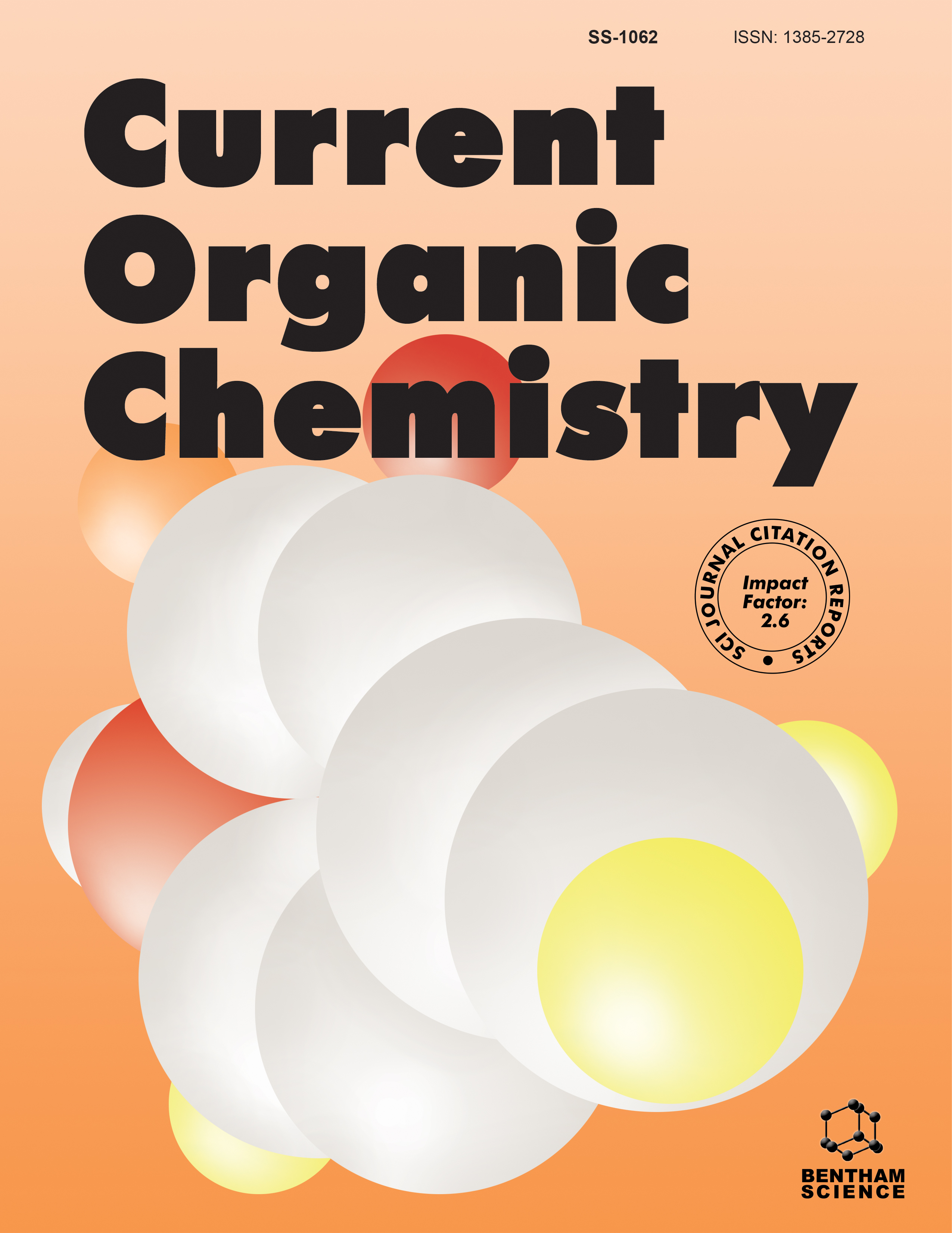
Full text loading...
We use cookies to track usage and preferences.I Understand
Chemistry is confronted with the pressing issues of depleting non-renewable fossil resources and the imperative to combat environmental pollution, which is crucial for a sustainable future. Biomass stands out as the sole organic carbon source in nature among the array of sustainable resources available, positioning it as a prime substitute for fossil-derived chemicals and fuels. Extensive research has been conducted on the abundant lignocelluloses as a potential source for biofuels, bioenergy, and various valuable products, wherein, the incorporation of various processes in biomass fractionation to separate biopolymers (such as lignin, cellulose, and hemicellulose) has the potential to enhance the overall value of the process. However, industrial demonstration of biomass utilization for commercial products has been limited due to the challenges posed by the recalcitrance and complexity of biomass. Therefore, there is a need for efficient reaction processes to enable the production of bio-chemicals and fuels from renewable lignocellulose. This review focuses on the latest chemical methods developed for producing value-added chemicals from biomass-derived cellulose as a renewable feedstock.

Article metrics loading...

Full text loading...
References


Data & Media loading...

